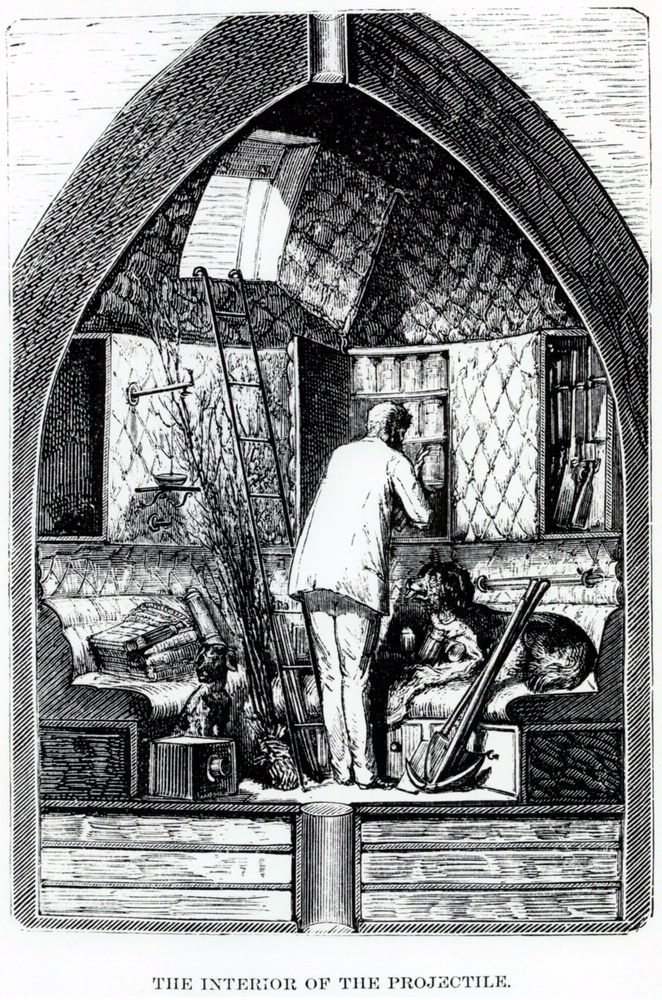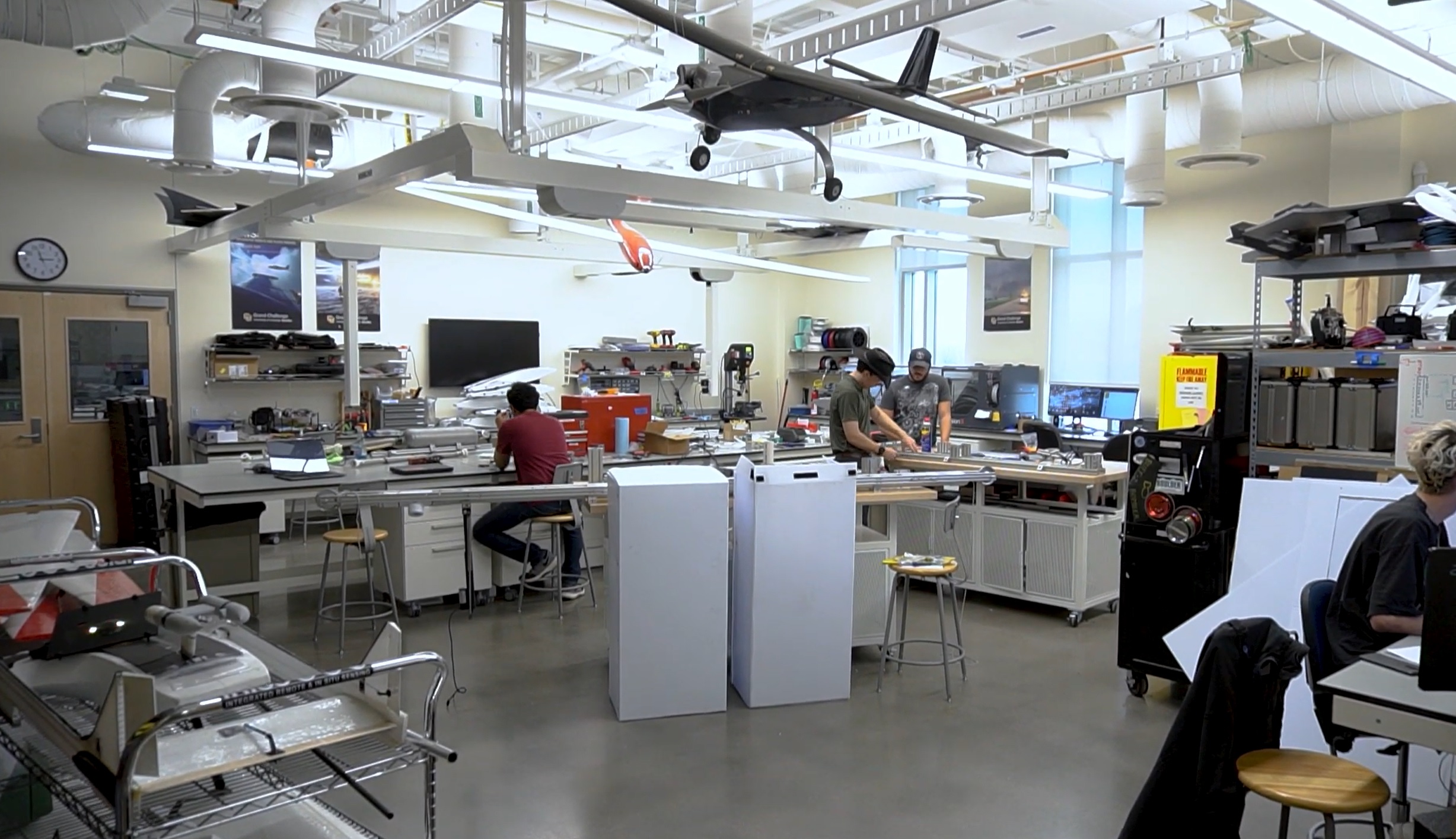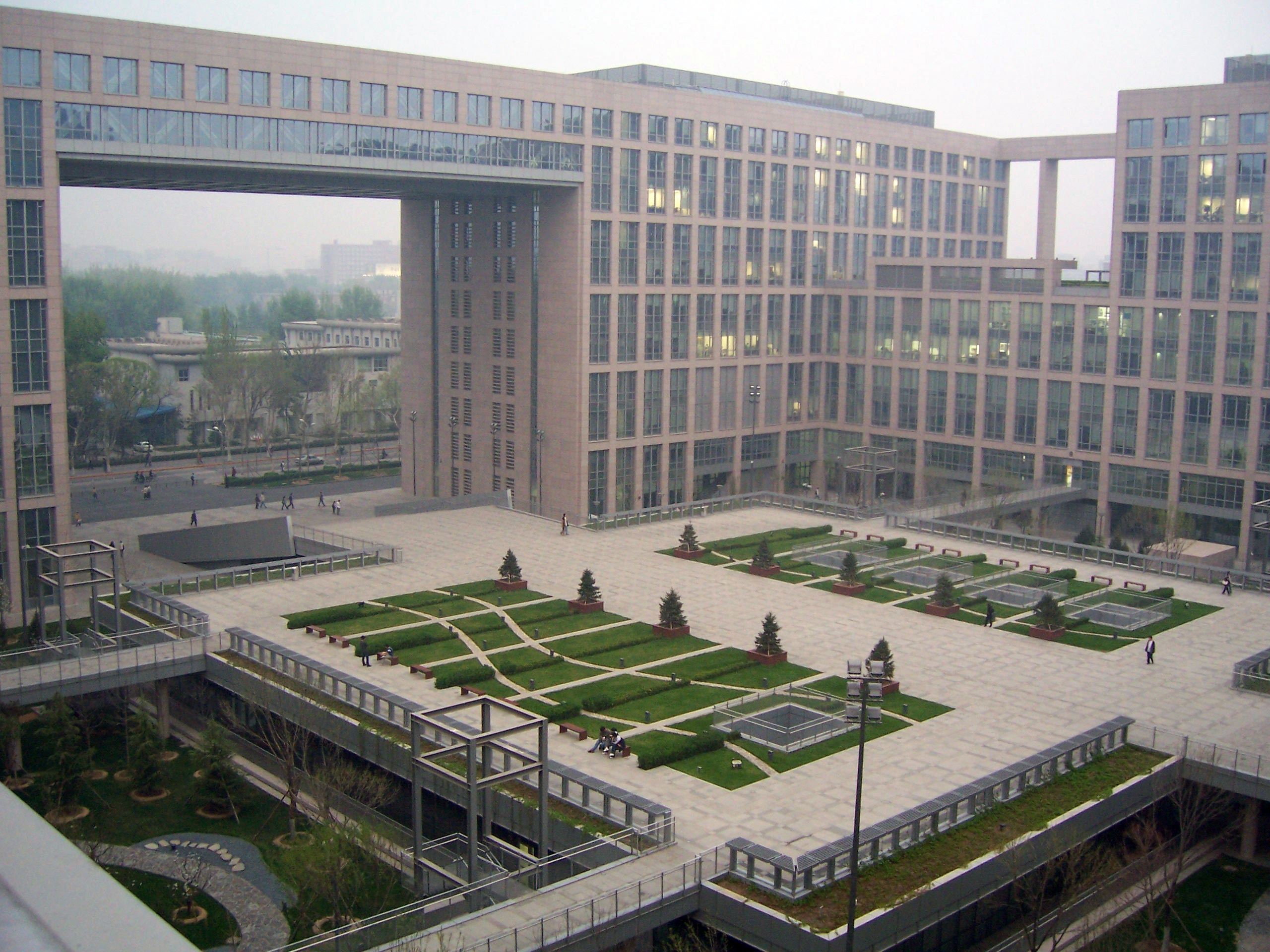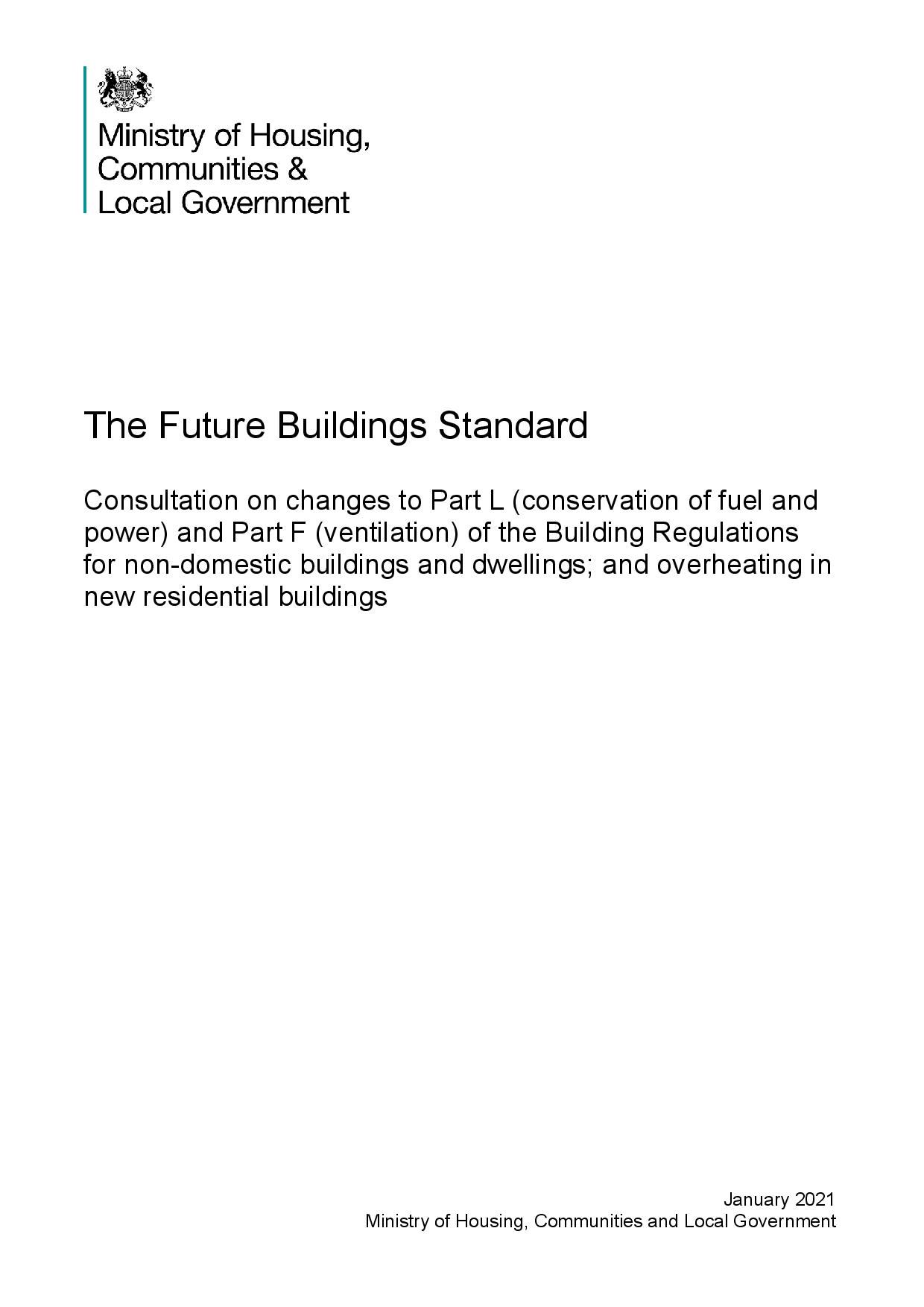Custodial FTE Calculation.
- Home Page 256

Space Travel
Juan Davalos
Emory University School of Law
Abstract. The era of commercial space travel and the rise of abundant spacefaring nations has led to an increase in space activity, which has outpaced international space laws—laws that were originally imagined for state-sponsored space travel in an arena with only two spacefaring states. International space law began with the creation of the United Nations Committee on the Peaceful Uses of Outer Space in 1959 and the 1967 Treaty on Principles Governing the Activities of States in the Exploration and Use of Outer Space, including the Moon and Other Celestial Bodies, and has continued with conventions from the United Nations and treaties among nations, including the United States and the European Union, which have attempted to address the rise of commercial space travel. However, throughout this evolution in space law, significant ambiguities in terms and regulations have persisted. This Comment calls for a more uniform and clear description of the terms and regulations that govern international space law and leadership from the United Nations in establishing these regulations among the spacefaring nations of the world.
Specifically, this Comment discusses the importance of creating uniform and unambiguous definitions for terms of art within the field of international space law such as “space object,” the delineation of Earth’s air space, and “outer space” itself, as well as the importance of clarifying how a state becomes a launching state among several parties. Part I gives a history of the background of international space law from its inception in 1959 to the current day. Part II looks at the various national and regional attempts to codify and interpret domestic space law and the similarities and differences between these regulatory schemes. Part III analyzes the United Nations’ most recent attempts to clarify the ambiguities in international space law and how those recent attempts fall short of actual clarification. Finally, Part IV presents possible clarifications to the terms and regulations discussed in Parts I, II, and III.
Drone Safety
“All limits are self imposed.”
― Daedalus and Icarus (Metamorphoses, Ovid)
The National Fire Protection Association has added another standard to its suite of public safety documents: NFPA 2400 Standard for Small Unmanned Aircraft Systems (sUAS) used for Public Safety Operations. This standard covers the minimum requirements relating to the operation, deployment, and implementation of small unmanned aircraft systems for public safety operations. The standard is developed by two main committees — one committee for drone systems (UAS-AAA) and another committee for the professional qualifications to operate and maintain drone systems (PQU-AAC)
From the project prospectus:
This standard shall cover the minimum requirements relating to the operation, deployment, and implementation of small unmanned aircraft systems (sUAS) for public safety operations. This standard shall establish operational protocols for public safety entities who use and support sUAS. This standard shall include minimum job performance requirements (JPRs) for public safety personnel who operate and support sUAS. This standard shall include minimum requirements for the maintenance of sUAS when used by public safety entities. This standard shall provide additional minimum requirements specific to public safety entities.
The 2019 Edition of NFPA 2400 has already been released for public use. Because this is a relatively new addition to the NFPA suite we provide two links that offer insight into the ideas running through it: The First Draft Report for the AAA committee is linked below:
2400_Cust2020_UAS_AAA_FRReport
The First Draft Report for the AAC committee is linked below:
2400_Cust2020_PQU_AAC_FDagenda_04_18
We choose these reports to provide an overview of the technical and management concepts in play in the first draft. It is not uncommon, in the developmental trajectory of any accredited standard, that the bulk of it is largely administrative. You may view it with a (free) NFPA public review account. Get one by CLICKING HERE
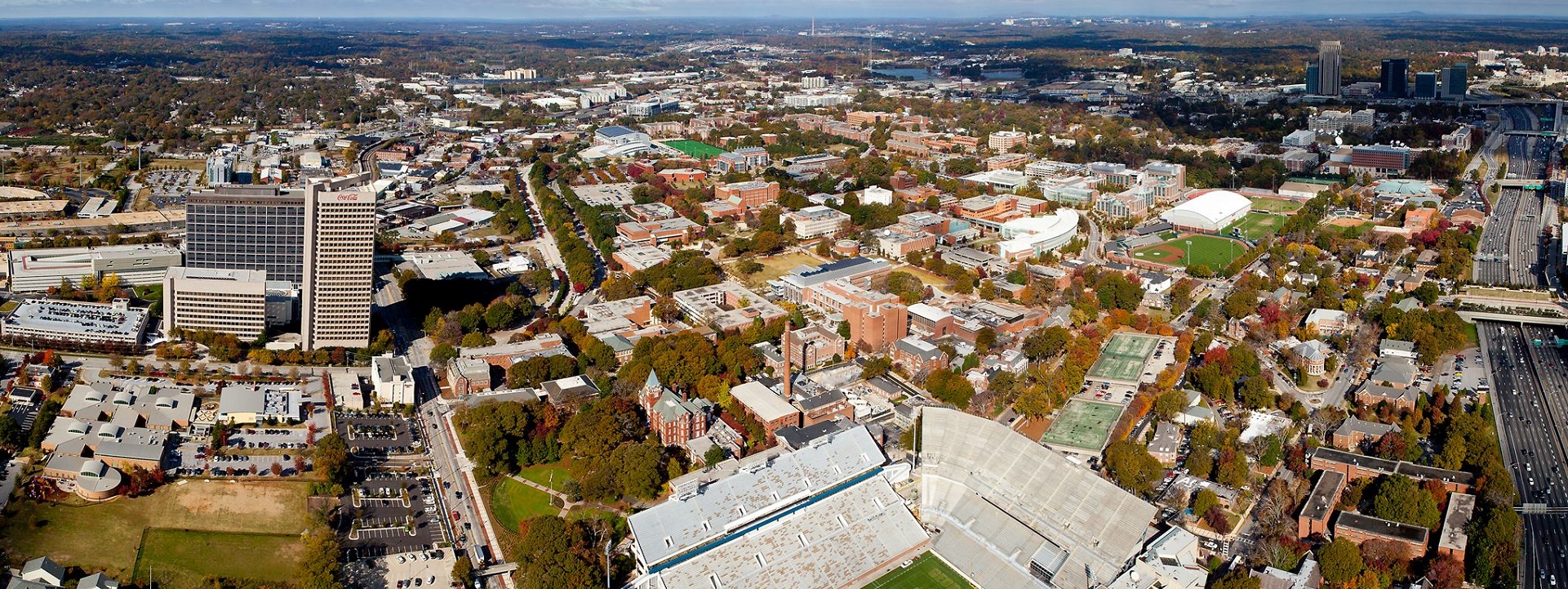




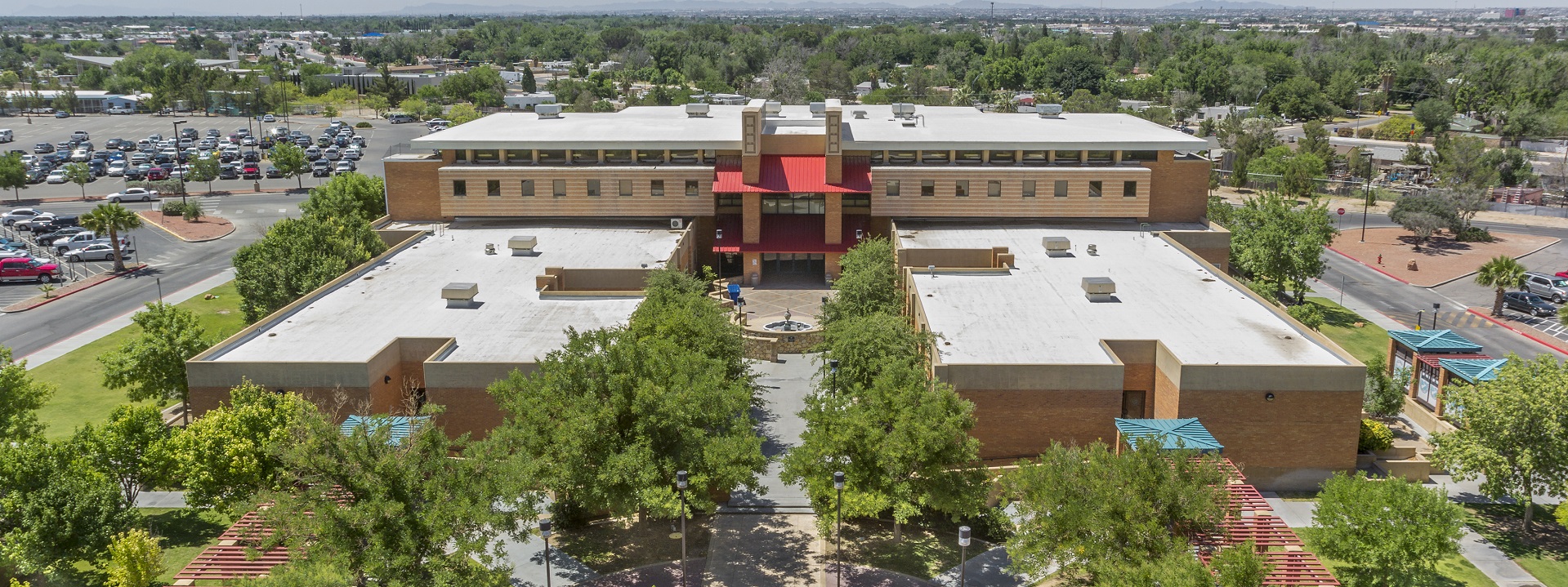


Application of this technology for public safety on college and university campuses will likely accelerate and, hopefully, a catalog of case studies that will be shared. We find that several educational organizations are supporting faculty and staff involvement: University of Illinois Fire Service Institute, Piedmont Virginia Community College, Embry-Riddle Aeronautical University, Oklahoma State University and the University Of Cincinnati are supporting the participation of Special Experts. The Los Angeles Unified School District is supporting a User Interest.
We expect that agricultural colleges and universities will begin developing curricula around the use of drones for crop inspection.
We encourage operations and maintenance staff — the various roofing and landscaping and grounds shops; for example — to participate in the development of the next revision. You may do so here: NFPA PUBLIC INPUT PAGE. We recommend you communicate directly with NFPA staff — either Michael Wixler or Elena Carroll. CLICK HERE for contact help.
We maintain this title on the standing agenda of periodic Mobility, Risk and Aerospace colloquia. See our CALENDAR for the next online meeting; open to everyone.
Issue: [18-269], [16-199]
Category: Public Safety, Risk Management, #SmartCampus
Colleagues: Mike Anthony, Richard Robben
LEARN MORE:
ISO/TC 20/SC 16 Unmanned aircraft systems
Drones are also being used for rooftop cooling tower inspection: ASTM Committee F38 on Unmanned Aircraft Systems
A jellyfish made of 1,000 drones
[📹 FireFly Drone Show]pic.twitter.com/A4peXTWFn1
— Massimo (@Rainmaker1973) January 28, 2025
Tomothérapie
There are several international standards for tomography manufacturers that ensure the safety, quality, and performance of tomography machines.
International Electrotechnical Commission Medical electrical equipment 60601 Part -2-44 sets requirements for the safety and performance of X-ray equipment used in diagnostic and therapeutic applications. This standard includes requirements for X-ray tube output, radiation dose limits, electrical safety, and mechanical safety, among other things.
National Electrical Manufacturers Association: Access Controls for Computed Tomography—Identification, Interlocks, and Logs. This title set standards for clinicians; including permissions to selected uses that are above those needed for daily routine scanning, such as the authorization to save protocols and adds provisions to secure the user interface based on a manual lock. Contains the functionality for use in a facility’s quality assurance program such as capturing operator and patient information as well as information related to saved changes in protocols.
International standards setting in this domain will gather pace as “medical tourism” — a term used to describe the practice of traveling to another country for medical treatment — gathers pace.
Space-based Network Information System
Jian Ping – Liu De-sheng – Xiong Wei
Space Engineering University Beijing
Abstract: Based on the design goal of the joint information environment architecture of space-based network information system, this paper proposes the basic framework and design process of the joint information environment architecture of space-based network information system according to the multi-viewpoint design idea of “competency-based, information-oriented and service-oriented”. The view models of Capability Conception CV-1, Information Activity Model IAV-1, Advanced Operational Concept Diagram OV-1, System Composition Description Diagram SV-1 and Information Service List SvcV-1 are constructed, which provide theoretical basis and technical reference for the research of joint information environment of space-based network information system.
CLICK HERE to order complete paper
Section 117 of the Higher Education Act of 1965
§ 1011f. Disclosures of foreign gifts
In order to create greater transparency & accountability about funding from China in Higher Education institutions the British 🇬🇧 and German 🇩🇪 government should enact legislation which emulates Section 117 of the US 🇺🇸 Higher Education Act of 1965 @AFI_WG https://t.co/I1zRNXo3QH pic.twitter.com/KZM4JoAiHQ
— Andreas Fulda 🇺🇦 🇹🇼 (@AMFChina) November 28, 2021
AGB Comment Letter to the Department of Education on Section 117 of the Higher Education Act
Posted on behalf of Educational Compliance Management Inc. as posted by the Department of Education: Reminder – Reporting Deadline for Section 117 of the Higher Education Act of 1965#highereducation #highereducation #education #c…https://t.co/LblxRuUPQG https://t.co/6nKLHC5XML
— Education Compliance Management (@ECMFinAid) July 11, 2022
Radio Naba,
This content is accessible to paid subscribers. To view it please enter your password below or send mike@standardsmichigan.com a request for subscription details.
Flag-Shaped Fruit Sticks
This content is accessible to paid subscribers. To view it please enter your password below or send mike@standardsmichigan.com a request for subscription details.
New update alert! The 2022 update to the Trademark Assignment Dataset is now available online. Find 1.29 million trademark assignments, involving 2.28 million unique trademark properties issued by the USPTO between March 1952 and January 2023: https://t.co/njrDAbSpwB pic.twitter.com/GkAXrHoQ9T
— USPTO (@uspto) July 13, 2023
Standards Michigan Group, LLC
2723 South State Street | Suite 150
Ann Arbor, MI 48104 USA
888-746-3670


